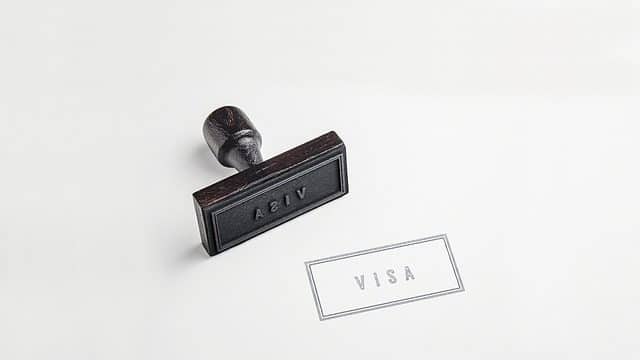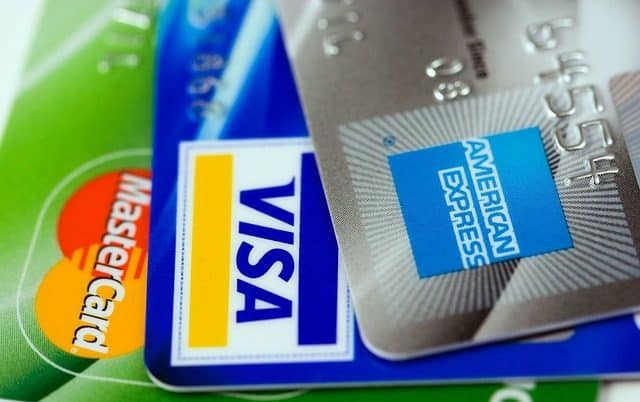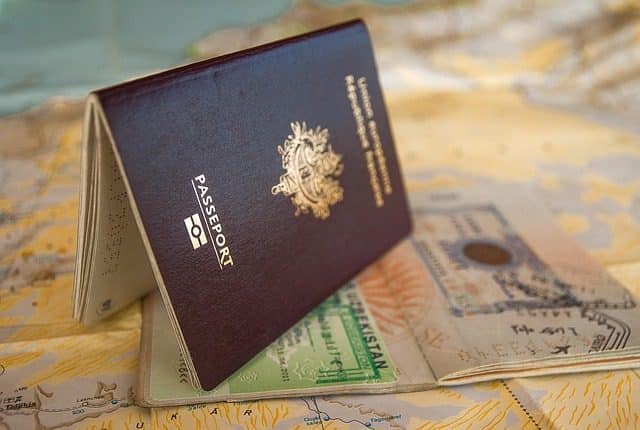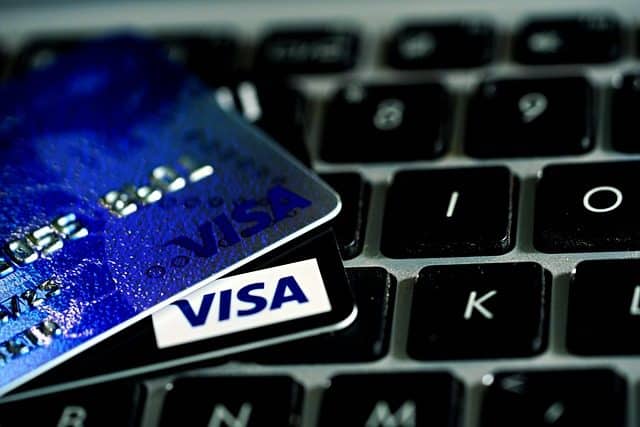If you are an international student looking to study in the United States, understanding the visa process is essential. This guide provides comprehensive information on the different types of student visas, the application process, and what to expect during your interview.
With the right information, you can navigate the complexities of obtaining a student visa and successfully begin your academic journey in the U.S.
Table of Contents
What are the different types of student visas available in the U.S.?
The United States offers three primary student visa types: F-1, J-1, and M-1. Each visa type serves a unique purpose for international students.
The F-1 visa is intended for students enrolled in academic programs at accredited U.S. colleges or universities. This visa allows students to remain in the U.S. for the duration of their studies.
In contrast, the J-1 visa is designed for those participating in exchange programs, such as research or teaching. The J-1 visa promotes cultural exchange and educational opportunities.
- The M-1 visa is for students pursuing non-academic or vocational training, such as technical or professional courses.
- All institutions must be certified by the Student and Exchange Visitor Program (SEVP) to issue the required I-20 forms for F-1 and M-1 visa applicants.
- Each visa type has specific eligibility criteria and documentation requirements that applicants must meet.
How to apply for an international student visa in the U.S.?
Applying for an international student visa requires several key steps. First, you must gain admission to an SEVP-certified institution.
Once you are accepted, your school will provide you with the necessary forms, such as the I-20 for F-1 and M-1 visas. This document is essential for your visa application.
The steps to apply for a U.S. student visa include:
- Complete the visa application form (DS-160).
- Pay the visa application fee.
- Schedule a visa interview at the U.S. embassy or consulate.
- Prepare your documentation for the interview.
What are the requirements for an F-1 visa?
The F-1 visa allows students to pursue their studies in the U.S. To be eligible, applicants must meet several requirements. Firstly, they must have a valid I-20 form issued by an SEVP-certified institution.
Additionally, students must demonstrate their ability to pay for tuition and living expenses during their stay in the U.S. This may involve providing bank statements, scholarship letters, or sponsorship documents.
Moreover, applicants must prove their intent to return to their home country after completing their studies. This can be demonstrated through ties to their home country, such as family, property, or a job offer.
What documents do you need for the student visa application?
When preparing for your student visa application, several documents are crucial. The primary document is the I-20 form, which confirms your acceptance into an accredited program.
You will also need a valid passport, recent passport-sized photographs, and the completed DS-160 application form. Additionally, proof of financial support is essential to show that you can cover your expenses in the U.S.
- Evidence of ties to your home country.
- Payment of the visa application fee.
- Any additional documents required by the U.S. embassy or consulate.
How much does an international student visa cost?
The cost of an international student visa can vary depending on several factors. The visa application fee for an F-1 or M-1 visa is currently around $160.
In addition to the application fee, students may incur costs such as the SEVIS fee, which is approximately $350 for F-1 and $220 for M-1 visa applicants. These fees contribute to the program that tracks international students in the U.S.
Other potential costs include expenses related to obtaining required documents, such as translations or notary services, and travel costs for attending your visa interview.
What should you expect during the visa interview process?
Preparing for the U.S. student visa interview is crucial for a successful application. During the interview, you will meet with a consular officer who will ask questions regarding your academic plans, financial support, and intent to return home after studying.
Be ready to clearly articulate your study objectives and how your program aligns with your future goals. This is an opportunity to demonstrate your commitment and preparedness.
Additionally, expect to present your documentation, including your I-20 form, financial statements, and any other required papers. The consular officer will evaluate your eligibility based on your answers and the supporting documents.
How to extend your stay as an international student?
If you need to extend your stay as an international student, it is essential to follow the proper procedures. First, consult with your SEVP-certified institution to ensure you meet the eligibility criteria for an extension.
You will need to apply for an extension at least 45 days before your current visa expires. Submit the necessary documentation, including a new or updated I-20 form, to the U.S. Citizenship and Immigration Services (USCIS).
Lastly, stay informed about your visa status and maintain your student status to avoid any issues that could affect your ability to remain in the U.S.
Related Questions About U.S. Student Visas
Is EducationUSA legit?
Yes, EducationUSA is a reputable organization providing information and resources for international students looking to study in the U.S. Funded by the U.S. government, EducationUSA offers guidance on the admissions process, visa requirements, and more, ensuring students have access to reliable information.
What is required for USA International student visa?
To obtain a U.S. international student visa, applicants must have an acceptance letter from an SEVP-certified institution, an I-20 form, proof of financial support, and a valid passport. Additionally, applicants must complete the DS-160 form and pay the required visa fees.
Can international students work more than 40 hours in summer in the USA?
International students on an F-1 visa are permitted to work on-campus for up to 20 hours per week during the academic year. However, during official school breaks, such as summer, they may work full-time, which typically means over 40 hours a week. It is important to comply with these regulations to maintain your visa status.
Which U.S. visa is best for international students?
The most common visa for international students is the F-1 visa, which allows for full-time study at accredited institutions. The J-1 visa may also be suitable for students participating in exchange programs, while the M-1 visa is appropriate for vocational training. The choice of visa depends on your academic goals and the type of program you wish to pursue.





